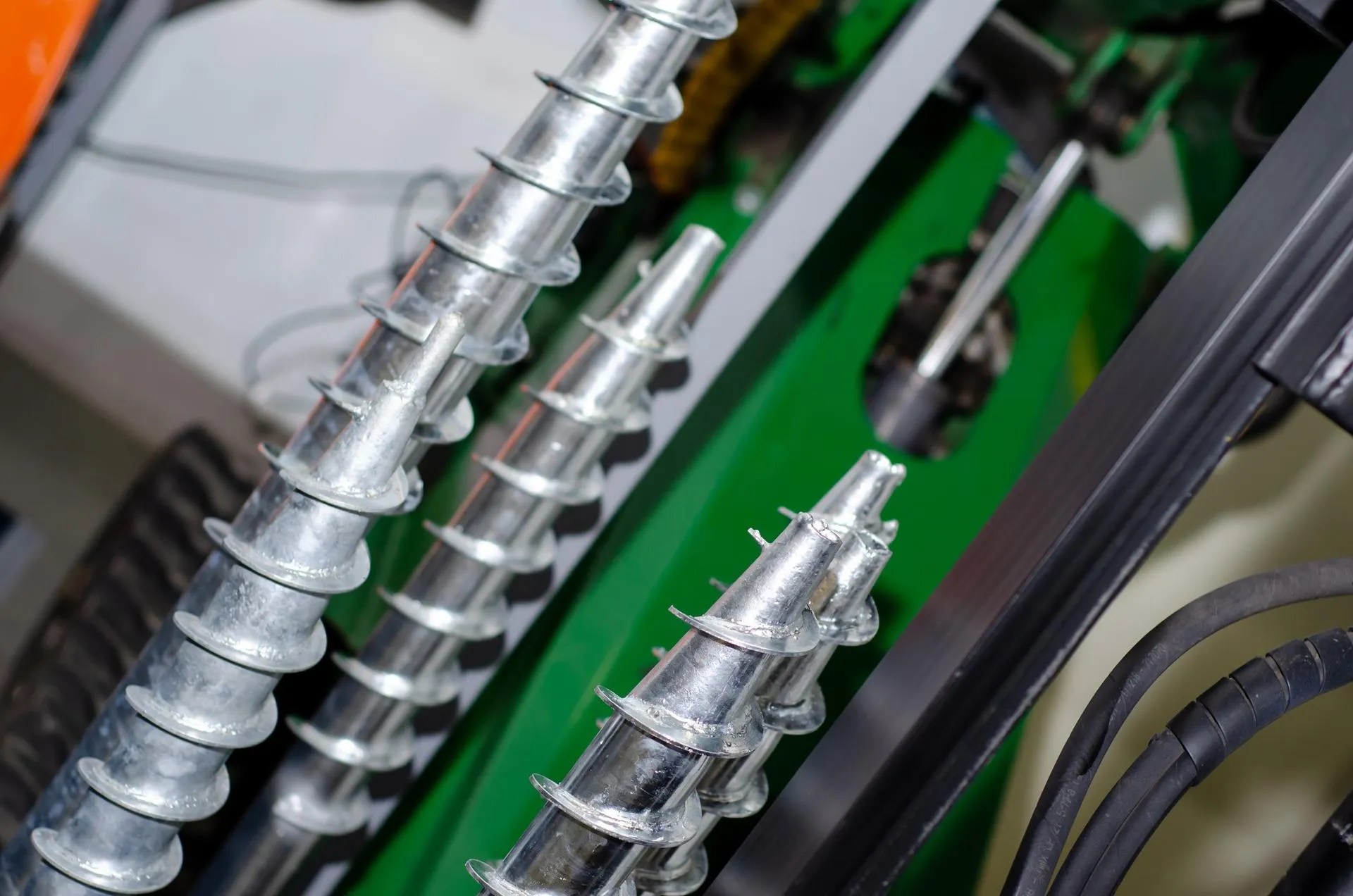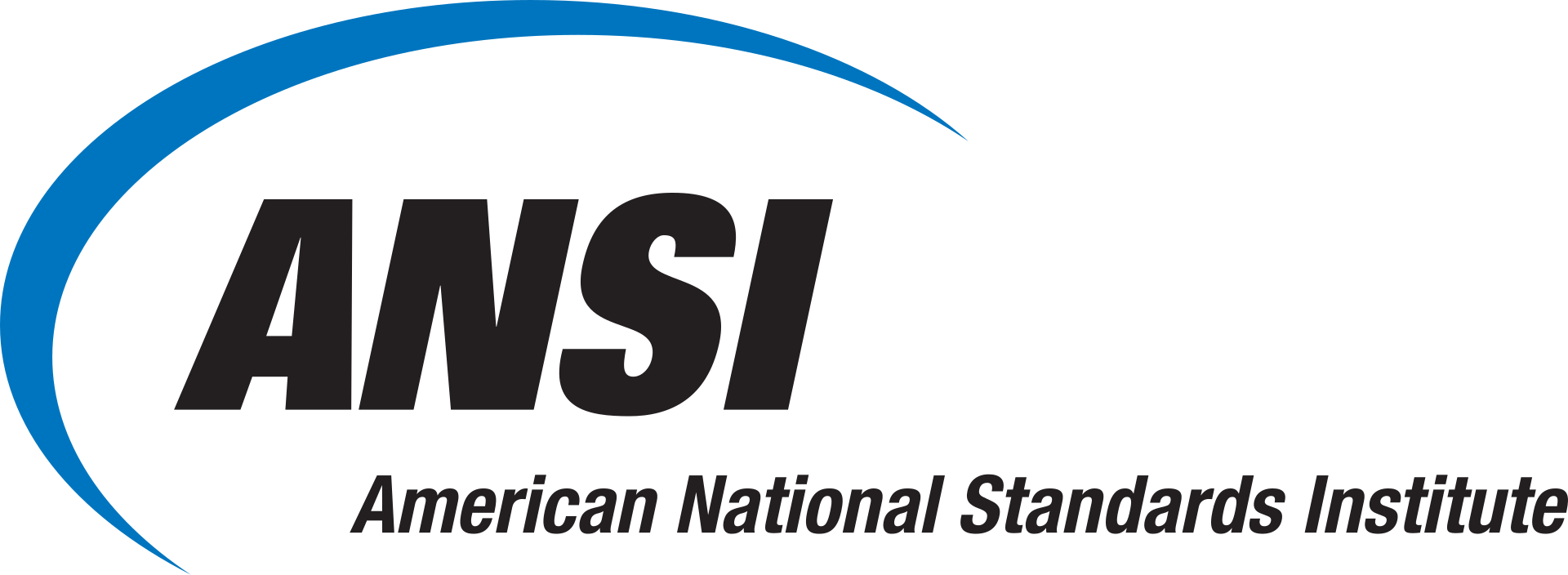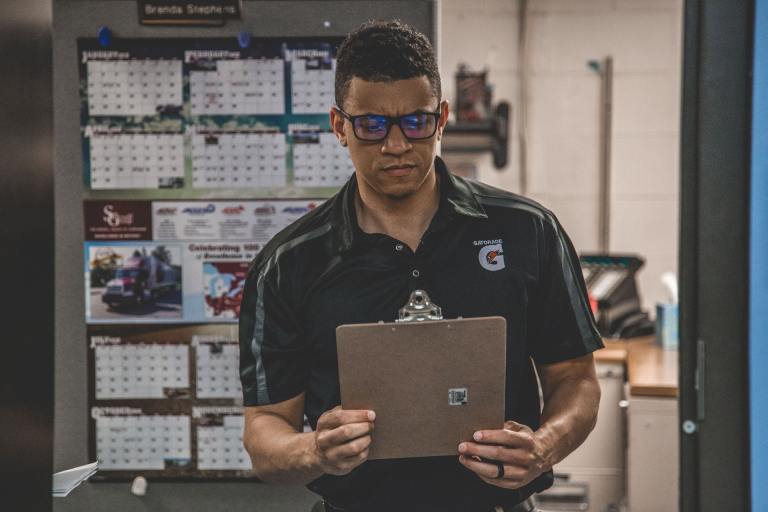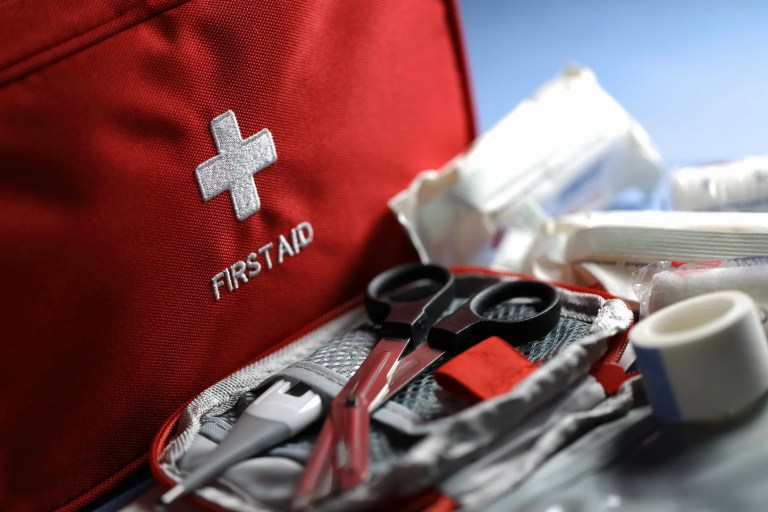ASME B18.6.3-2024: Machine, Tapping & Metallic Drive Screws

Screws are an invaluable tool used to join countless types of products, objects, and surfaces. From the micro screws in our smartphones to the large bolts holding up bridges, we use items that contain screws every day. In fact, today, Americans use more than 200 billion screws each year. ASME B18.6.3-2024: Machine Screws, Tapping Screws, And Metallic Drive Screws (Inch Series) provides specifications for machine screws, tapping screws, and metallic drive screws.
Invention of Screws
The invention of one of the original fasteners, the screw, is a couple thousand years old. It is believed that the first screw with threads appeared about 2400 years ago in 400 BC. The fastener was used primarily in presses for the extraction olive oil and grape juice. The oil presses in Pompeii were worked by the screw principle: the turning of the screw would cause the material (often wood) it held together to move closer together and consequently press whatever was inside.
It was further developed the Greek mathematician Archimedes to alter water levels. The water screw was made from wood and aided farm irrigation and rid ships of bilge water. The Romans applied the Archimedean screw to mine drainage. The Archimedes screw is in fact still used today for irrigation and chocolate fountains.
What Is ASME B18.6.3?
ASME B18.6.3-2024 covers the complete general and dimensional data for the various types of slotted and recessed head machine screws, tapping screws, and metallic drive screws recognized as American National Standard. This standard also includes appendices that provide specifications and instructions for the protrusion gaging of flat countersunk head screws as well as the following:
- Across-corners gaging of hex head screws
- Penetration gaging and wobble gaging of recessed head screws
- Approximate hole size for tapping screws
- Wrench openings for hex and square products
- Thread dimensions for the No. 0000, No. 000, and No. 00 sizes
- Means for determining effective grip lengths on screws; documentation for screw types and head types relegated to not-recommended or limited-usage status
- Formulas on which dimensional data are based
Why Is a Machine Screw different from Other Types of Screws?
Not all screws are the same. Machine screws, for instance, feature a unique design that distinguishes them from other common types of screws. They are unique because of their size. The term “machine screw” refers to relatively small screws with a diameter of 0.75 inches or less. In addition to a diameter of 0.75 inches or less, machine screws are characterized by uniform threading that remains the same size from the top to the bottom.
Uniform vs. Tapered Threading
Uniform threading refers to the helical ridges on the outside of the screw remain the same size from the top of the screw to the bottom. On the other hand, tapered threading means the screw’s threading expand taper or expand toward the bottom.






